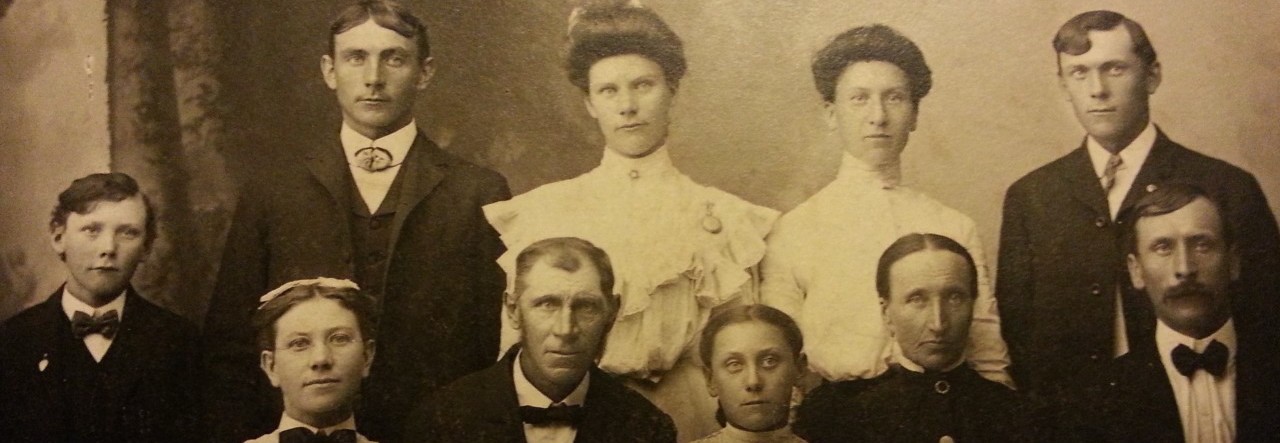![By Raysonho @ Open Grid Scheduler / Grid Engine (Own work) [Public domain], via Wikimedia Commons](https://i0.wp.com/www.copperleafgenealogy.com/wp-content/uploads/2015/01/SteacieLibrary-e1425396886804.jpg?resize=600%2C450)
By Raysonho @ Open Grid Scheduler / Grid Engine (Own work) [Public domain], via Wikimedia Commons
These books aren’t just for the professional either, although I include them in my list. These books are for every and any genealogist out there! I hope you find something new and useful here.
Basic Shelf – These are some books that most professionals will own or have access to:
- Genealogy Standards by the Board for Certification of Genealogists (I have both the 50th anniversary edition and the Manual 2000 edition)
- Evidence Explained: Citing History Sources from Artifacts to Cyberspace by Elizabeth Shown Mills (3rd edition)
- Professional Genealogy: A Manual for Researchers, Writers, Editors, Lecturers, and Librarians edited by Elizabeth Shown Mills
- The Source: A Guidebook of American Genealogy edited by Loretto Dennis Szucs and Sandra Hargreaves Luebking
- The Red Book: American State, County, and Town Sources edited by Alice Eichholz (this is available on Ancestry.com so no real need to buy if you have an Ancestry.com account)
- A Manual for Writers of Research Papers, Theses, and Dissertations, Eight Edition: Chicago Style for Students and Researchers by Kate L. Turabian
- Black’s Law Dictionary edited by Bryan A. Garner 10th edition (the link is to the deluxe version, not the standard – I don’t have either yet, but I’m dreaming big!)
- Mastering Genealogical Proof by Thomas W. Jones
Essential Materials for Me – These are items that I feel are essential to my research:
- House Histories: A Guide to Tracing the Genealogy of Your Home by Sally Light
- Guide to Federal Records in the National Archives of the United States by the National Archives (there is a book version too but this is available online through the site, which is where the link takes you)
- Land and Property Research in the United States by E. Wade Hone
- Researcher’s Guide to American Genealogy by Val D. Greenwood (3rd edition)
- Courthouse Research for Family Historians: Your Guide to Genealogical Treasures by Christine Rose
- Reading Early American Handwriting by Kip Sperry
Maybe One Day…
- International Vital Records Handbook by Thomas Jay Kemp, 6th edition
- Map Guide to the US Federal Census by William Thorndale (Although highly rated, I haven’t had a need for this as a lot of the information can be found online. A quick reference guide would be nice though.)
- They Became Americans: Finding Naturalization Records and Ethnic Origins by Loretto Dennis Szucs
I’m positive there will be more I’ll add to this list! There are many books on DNA, for example, that I now own, but I haven’t figured out how essential they are as I am still too new into DNA to really say for sure. There are also many great international books out there that aren’t on this list. As most of my research focuses on American genealogy, I haven’t dived into that part of genealogy too much yet.
Are there items I left out that you feel are essential or should be added to the list? Or do you have any DNA, international, ethnic, or other specific books you would recommend? Feel free to comment below!




